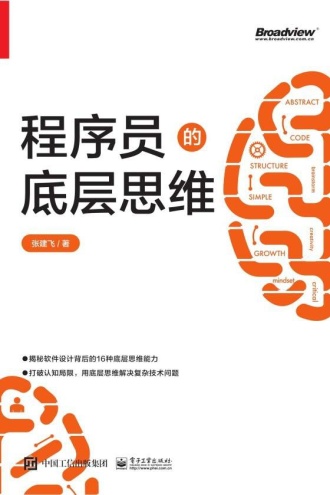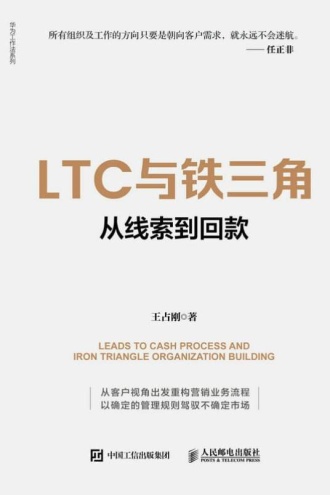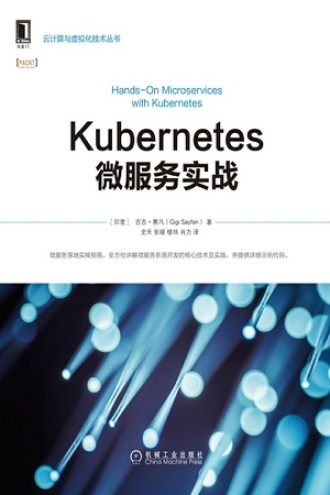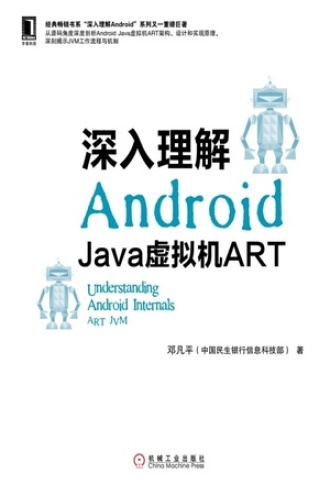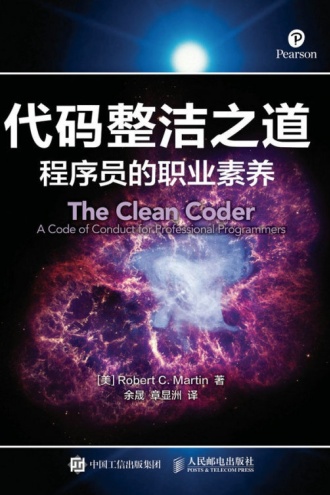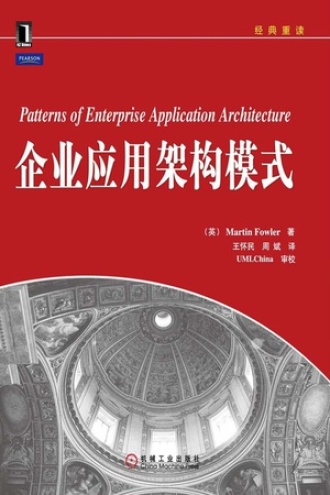
Re reading the classic enterprise application architecture model
Introduction
Catalogue of works
Translator's Preface preface Mode List introduction 0.1 Schema 0.2 Enterprise application 0.3 Types of enterprise applications 0.4 Performance considerations 0.5 mode 0.5.1 Structure of mode 0.5.2 Limitations of the mode Part I Description Chapter 1 Layering 1.1 Hierarchy evolution in enterprise applications 1.2 Three basic levels 1.3 Select operation environment for each layer Chapter 2 Organization Domain Logic 2.1 Choice 2.2 Service layer Chapter 3 Mapping to a Relational Database 3.1 Architecture mode 3.2 Behavior problems 3.3 Reading data 3.4 Structure mapping mode 3.5 Mapping 3.6 Using Metadata 3.7 Database connection 3.8 Other problems 3.9 Further reading Chapter 4 Web Presentation Layer 4.1 View mode 4.2 Input controller mode 4.3 Further reading Chapter 5 Concurrency 5.1 Concurrency problems 5.2 Execution context 5.3 Isolation and invariance 5.4 Optimistic concurrency control and pessimistic concurrency control 5.5 Transactions 5.6 Offline concurrency control mode 5.7 Concurrency of application servers 5.8 Further reading Chapter 6 Session Status 6.1 The value of statelessness 6.2 Session Status 6.3 Method of storing session state Chapter 7 Distribution Strategy 7.1 The temptation of distributed objects 7.2 Remote interface and local interface 7.3 Distribution must be used 7.4 About distribution boundary 7.5 Distribution interface Chapter 8 Overall Consideration 8.1 Start from the domain level 8.2 Go deep into the data source layer 8.3 Presentation layer 8.4 Some suggestions on specific technologies 8.5 Other layering methods Part II Mode Chapter 9 Domain Logic Mode 9.1 Transaction Script 9.2 Domain ModeI 9.3 Meter module (TabIe ModuIe) 9.4 Service LaYer Chapter 10 Data Source Architecture Mode 10.1 TabIe Data Gateway 10.2 Row Data Gateway 10.3 Active Record 10.4 Data Mapper Chapter 11 Object relationship behavior model 11.1 Unit of Work 11.2 IdentitY Map 11.3 LazY Load Chapter 12 Object Relationship Structure Mode 12.1 Identity Y FieId 12.2 Foreign Key Mapping 12.3 Association TabIe Mapping 12.4 Dependent Mapping 12.5 Embedded VaIue 12.6 Serialized LOB 12.7 SingIe TabIe Inheritance 12.8 CIass TabIe Inheritance 12.9 Concrete TabIe Inheritance 12.10 Inheritance Mappers Chapter 13 13.1 Metadata Mapping 13.2 Query Object 13.3 Repository Chapter 14 Web Presentation Mode 14.1 ModeI View ControlIIer 14.2 Page ControlIIer 14.3 Front Controller 14.4 TempIate View 14.5 Transform View 14.6 Two Step View 14.7 Application Controller Chapter 15 Distribution Mode 15.1 Remote Facade 15.2 Data Transfer Object Chapter 16 Offline Concurrency Mode 16.1 Optimistic Offline Lock 16.2 Pessimistic OffIine Lock 16.3 Coarse Grained Lock 16.4 ImpIicit Lock Chapter 17 Session State Mode 17.1 Client Session State 17.2 Server Session State 17.3 Database Session State Chapter 18 Basic Mode 18.1 Gateway 18.2 Mapper 18.3 LaYer SuperYpe 18.4 Separated Interface 18.5 Registry 18.6 Value Object 18.7 Money 18.8 Special Case 18.9 Plug in (PIugin) 18.10 Service stub 18.11 Record Set reference
Everyone likes it
The bottom thinking of programmers 74.11 yuan Kubernetes microservice practice 60.00 yuan
